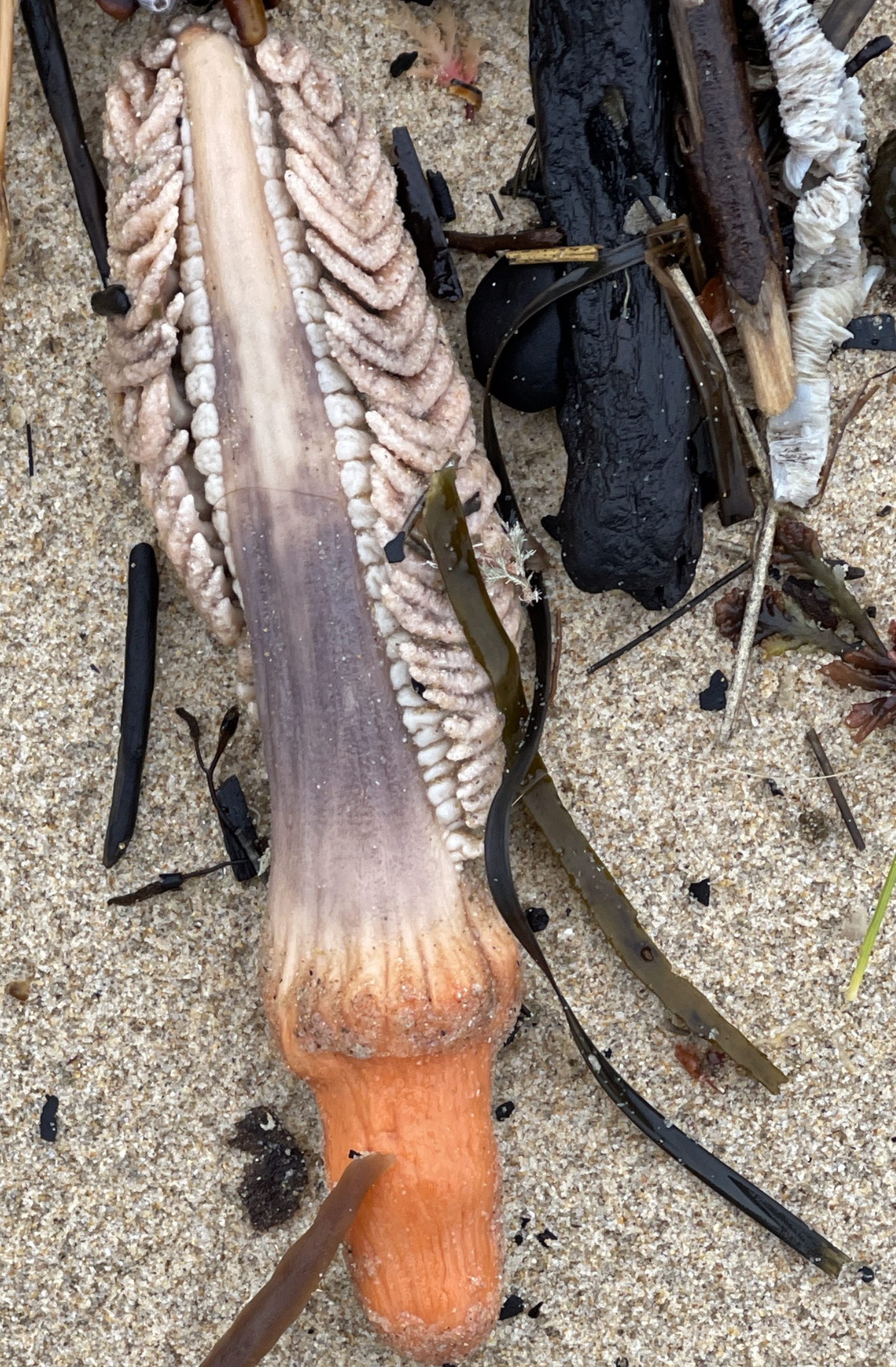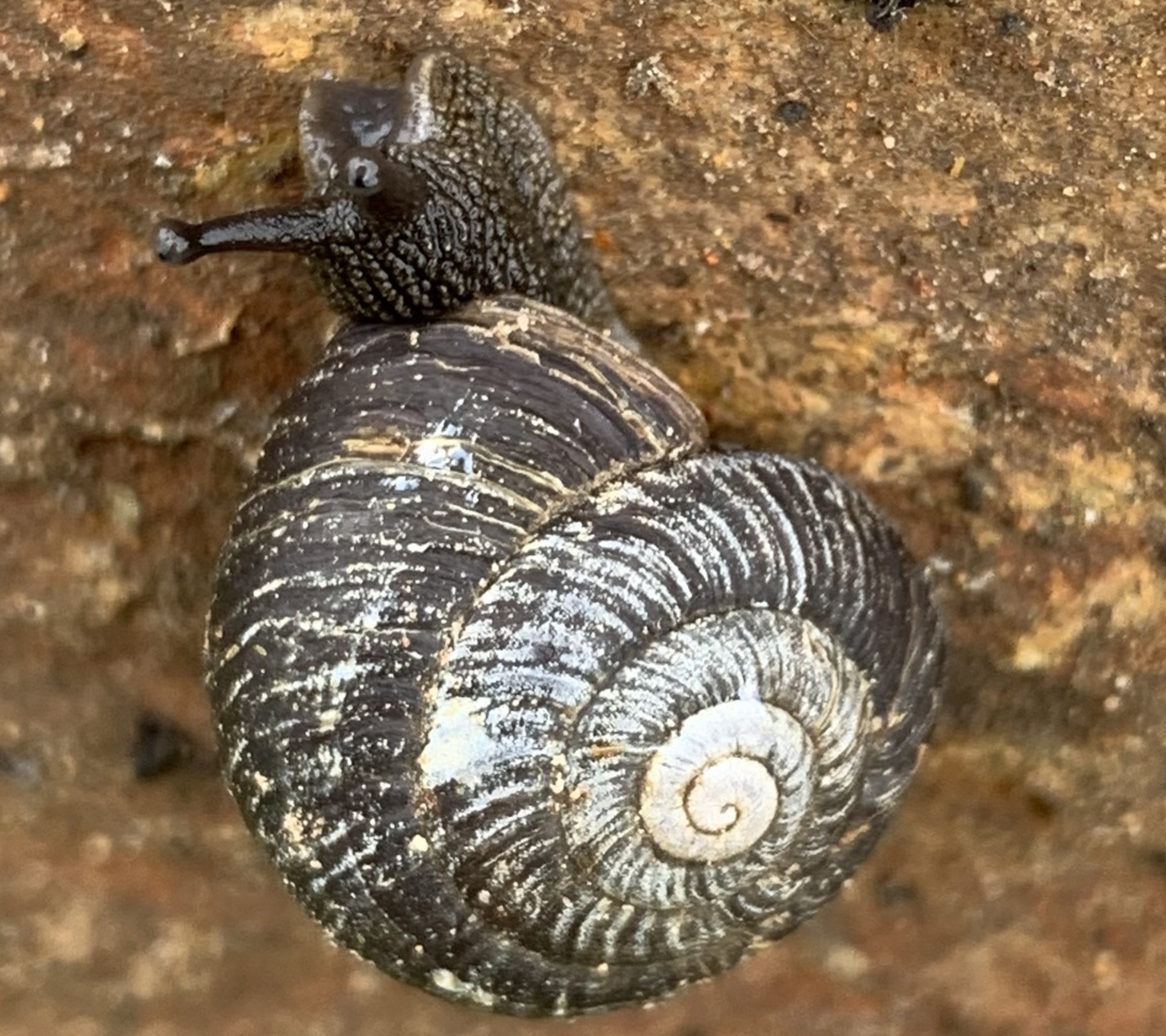Platypus and the Anabranch
CREATURE FEATURE
by Matthew Higgins
February, 2020 (with an April, 2020 update!)
Since last August I have been regularly observing Platypus on the Bega River Anabranch.
I first saw them on an afternoon wander and was nicely surprised to observe these animals in broad daylight (about 2pm actually!): though I have had that experience before at Tidbinbilla and in Tasmania I was still thinking of them as dawn and dusk creatures.
Image: Matthew Higgins (11am 18/9/19. Bega River Anabranch) - view NatureMapr record
Since that first sighting I have got to know the Anabranch populations fairly well. As my sightings mounted I had hoped that I would find Platypus in each of the major pools of the Anabranch but that wasn’t the case. The three pools where I had the most regular sightings were between Glebe Wetland gully and Parbery Creek which the Anabranch seems to follow back to the Bega River. Given that this section of the Anabranch is close to where we are currently living, the walks were nice and handy outings from home.
Image: Matthew Higgins (10am 5/2/20, Bega River Anabranch) -view NatureMapr record
I was able to regularly observe the Platypus rise to the surface and chew their food before diving to the bottom again to continue their hunt for invertebrates. One way to track the animals in the murky water is to watch the trail of bubbles that they leave as they swim underwater. In this way you can anticipate where they are next going to surface
Image: Matthew Higgins (11am 24/11/19, Bega River Anabranch) - view NatureMapr record
Over time I had the impression that I was seeing close to a dozen individuals. It is difficult to be sure of numbers when animals are moving around under the water, but easier when multiple animals surface at once which has happened a number of times.
As well as Platypus the bankside walks offered up sightings of water dragons, turtles and many species of riverine/water birds ranging from darters to whistling kites.
I have been concerned about the impact of the bushfires on the waterway, especially since the floods which saw the Anabranch change from a chain of ponds into an almost continuous waterway. Today (19 Feb 2020) for the first time I did not see any Platypus. Two interpretations offer themselves. The first (unfortunate) is that the ash-laden water has killed off prey and thus left the Platypus without food and has killed them too. The second (more hopeful) is that the expansion of the waterway has given the Platypus the opportunity to spread over a much larger area, seeking new food sources, territories and potential mates. Hopefully, given that Platypus have evolved in a fire-prone landscape, even allowing for the increased severity of fires with climate change, the animals will continue to survive and indeed flourish. Time will tell.
Image: Matthew Higgins (Bega River Anabranch)
Update, April 2020
After making a number of unsuccessful trips following the February floods, today I at last saw Platypus (2) in one of the ponds which I have patrolled since last August. So they have survived the ash-laden water, and if they moved for a time into the Bega and Brogo Rivers (parts of which I have also looked at unsuccessfully), some at least are back.
7th April, 2020 … the first sighting since the February floods
I hope the sightings increase!
If you have a story to tell about life in your part of the Atlas of Life region, please consider sending us a Creature Feature story. Contact Atlas of Life.
















